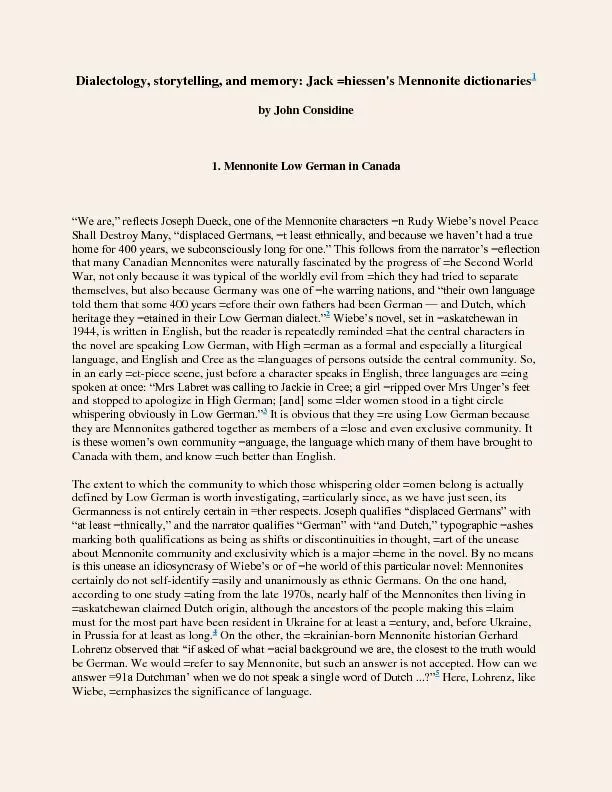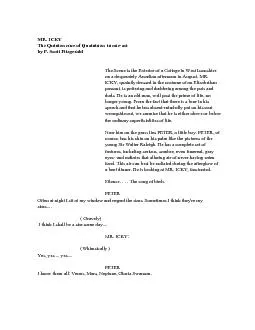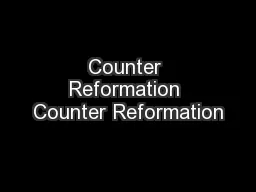Counter Views of When they Shall Ask Mennonite
Author : sherrill-nordquist | Published Date : 2025-08-13
Description: Counter Views of When they Shall Ask Mennonite Factoids 1914 population 100 000 people By 1914 There were the two main colonies of Chortitza and Molotschna and forty daughter colonies Occupying nearly 12000 km² 4500 mi² 2 880 00 acres
Presentation Embed Code
Download Presentation
Download
Presentation The PPT/PDF document
"Counter Views of When they Shall Ask Mennonite" is the property of its rightful owner.
Permission is granted to download and print the materials on this website for personal, non-commercial use only,
and to display it on your personal computer provided you do not modify the materials and that you retain all
copyright notices contained in the materials. By downloading content from our website, you accept the terms of
this agreement.
Transcript:Counter Views of When they Shall Ask Mennonite:
Counter Views of When they Shall Ask Mennonite Factoids 1914 population 100 000 people By 1914 There were the two main colonies of Chortitza and Molotschna and forty daughter colonies. Occupying nearly 12,000 km² (4500 mi²) 2, 880 00 acres. Red is land occupied by Mennonites. Estates 500 Mennonite estates in Russia in 1914 Largest was 300 000 acres. 21x21 miles or Black square in the red square. Average estate earned 200 000 rubles a year. The average teacher earned 600 rubles a year The average female peasant earned 40 rubles a year Who could afford photographs and houses like the ones portrayed in the movie? How well represented were the 30% of the Mennonites who did not have any land and were poor? What class of people did the movie focus on? Estate Conditions A representative incident: a Mennonite landowner caught a Russo-Ukrainian labourer stealing grain, so he pushed the labourer into the grain bin and nailed down the lid. He waited two days and then called the mayor to have the captive flogged (Loewen & Prieb, 1996, p-21). Many Mennonite landlords practised collective punishment; when theft was suspected ‘all the potential suspects were flogged, so as to teach a lesson to both the guilty and the innocent’ (Loewen, p-53). The principle of pacifism had therefore been abandoned by wealthy Mennonites long before the Russian Revolution. At the age of 11 Makhno began working as an ox drover on the Janzen estate in Silberfeld. In his memoirs he writes: "At this time I began to experience anger, envy and even hatred towards the landowner [Janzen] and especially towards his children - those young slackers who often strolled past me sleek and healthy, well-dressed, well-groomed and scented; while I was filthy, dressed in rags, barefoot, and reeked of manure from cleaning the calves' barn."[17] Did the movie give an accurate representation of the Makhnovites? What was Makhno’s motivation? Did Makhno have justification for his actions? How much wrong doing justifies the actions of rape and murder? How do you change a social situation like the one presented in Russian history? Makhnovites Makhnovists had families who had suffered under the German-Austro-Hungarian occupation in 1918. Makhno's own brother, Emelian - a disabled war veteran - was murdered and his mother's home burned to the ground by the occupation.[19] The Mennonites themselves, having been stripped of their wealth and property during the revolution,














